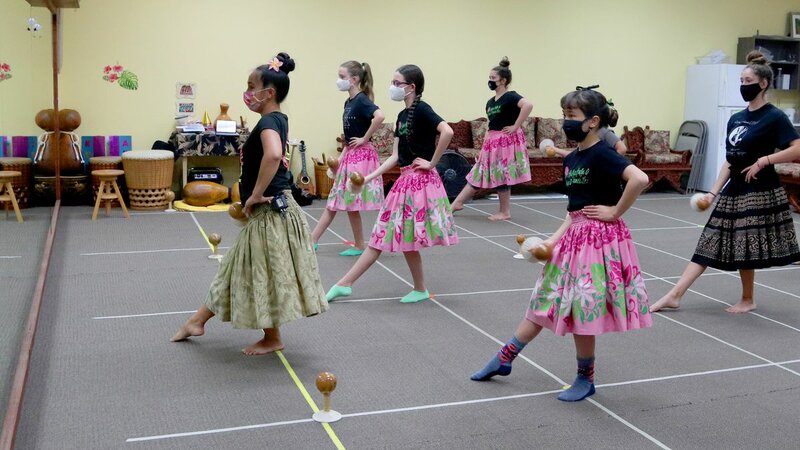Hula instructor Akiko Colton spends her day living and breathing the ancient Hawaiian dance known as hula in her Eugene studio.
“It’s part of my life, so I cannot just take it out. My blood needs hula,” she says.
Colton shares that love of hula as a “kumu” translated as “teacher” in the Native Hawaiian language.
The name of Colton’s dance school is Hālau Hula O Nā Pua O Hawai’i Nei.
“Hālau Hula O Nā Pua O Hawai’i Nei means: ‘hula school of beautiful flowers of Hawaii’” explains Colton. “So we consider each of us a flower from Hawaii and hopefully all learn to be beautiful as we learn how to hula.”
The artform of hula dancing developed in ancient Hawaii. But by 1830, Queen consort Ka’ahumanu, who had converted to Christianity, banned the cultural performance.
Then, in 1886, King David Kalākaua brought hula back, saying that hula was the language of the heart and therefore the heartbeat of the Hawaiian people.
“And now we celebrate his effort to bring hula in April at the Merrie Monarch Festival,” Colton says.



 Dancing
Dancing Hawaii
Hawaii Eugene
Eugene


